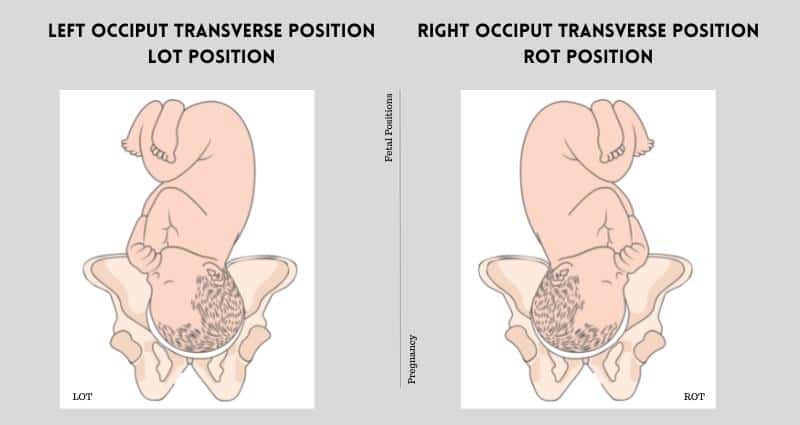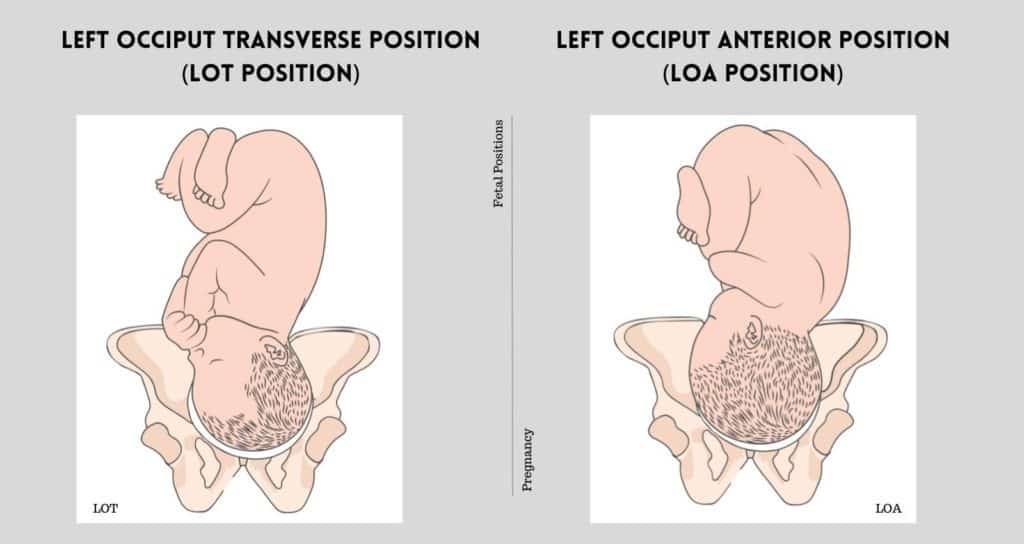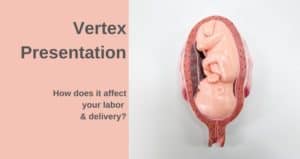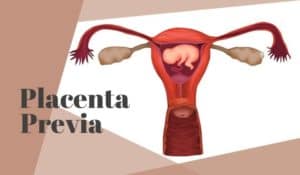LOT position vs ROT position explained
-
Author: Khushboo Kirale
- >> Post Created: March 10, 2022
- >> Last Updated: April 24, 2024
Medically Reviewed by: Dr. Veena Shinde (M.D, D.G.O, PG – Assisted Reproductive Technology (ART) from Warick, UK) Mumbai, India

Table of Contents
Identifying the baby position in the womb before labor sets in is vital for planning the labor and delivery process. There are ideal fetal positions that make the labor and childbirth easier, and then there are some not-so-desirable positions that may need more effort, patience, and necessary medical assistance.
In this article, we will discuss the Right Occiput Transverse (ROT) and Left Occiput Transverse (LOT) positions. These may not be the optimal birthing positions, but they do have the potential to turn into one.
However, if they do not turn to the optimal birthing position, then they might cause a few issues, which can still be tackled by your doctor. Read further to know all about it.
Understanding Right Occiput Transverse position (ROT position) and Left Occiput Transverse position (LOT position)
In simple words, an occiput transverse position is when the baby is in-between the anterior and posterior positions. In an anterior position, the baby faces the mother’s back, while in the posterior position, it faces the mother’s belly.
In an occiput transverse position, the baby is midway. To make it simpler, in the left occiput transverse position, the baby is in the mother’s left side of the belly, facing her right thigh. Whereas in the right occiput transverse position, it is on the right side of the abdomen facing the mother’s left thigh.
Before setting in the LOT or ROT positions in early labor, if the baby was in the posterior position, then it is an encouraging sign that the baby may move to the optimal anterior position.
However, if the baby stays in the LOT or ROT positions even in labor, then it may cause more than usual pain and result in slower progression of childbirth.
Right Occiput Transverse position (ROT position)
Right occiput transverse baby position (ROT position) does not make it to the list of ideal fetal positions at the beginning of labor. In this, the baby is on the mother’s right side, with face and limbs towards the left.
There are some signs that might help you identify if your baby is in the right occiput transverse position.
- The right side of the belly feels more firm and full compared to the left side
- Kicks can be felt on the upper left side of the belly, instead of the front and flutters on the lower left side
- The baby’s bottom might rise under the mother’s ribcage on the right side
- The uterus may not feel smooth all over, but there may be dips and bulges that are different from one side to the other
It is observed that a baby in the right occiput transverse position does not engage before labor, even if the woman is pregnant for the first time. Also, the mother-to-be may experience a long early labor if the baby is in the right occiput transverse position.
You can employ belly mapping technique to determine your baby position in the womb.
Read this next
Left Occiput Transverse position (LOT position)
Unlike the Right occiput transverse fetal position, Left occiput transverse is an ideal baby position at the beginning of labor. In this, the baby’s back is on the mother’s left side, which may swing forward temporarily and then back to the left. The baby’s feet are in the upper, right side of the womb. Other signs of a baby being in the left occiput transverse position are –
- You will feel the kicks to the right side of your belly many times in the day
- Even if the feet can be felt across the top or as low as the mother’s navel, it will still be in the right side
- The baby’s wiggling hands or fluttering can be felt in the lower right side of the belly, when you are still and not moving. This happens in the late third trimester, but can be felt merely 1-2 times in a day
- The left side of the abdomen is fuller and firmer. Except for occasional hiccups, the lower left side of the belly remains quiet
- In an ultrasound scan, you can see the baby’s shoulder on the left side of the center, the linea nigra.
You can also understand your fetal position through belly mapping.
In the Left occiput transverse position, the baby may not necessarily engage before labor with first-time or even experienced mothers. In fact, with many first-time mothers, their LOT positioned baby’s head may engage only just before the due date.
Contractions usually help to engage the baby in labor. During labor, a LOT baby’s head may apply pressure twinges on the mother’s cervix and upper thigh.
Contractions will help only if the mother’s muscles are supple (check for exercises for this with your doctor beforehand) and the pelvis is aligned (a chiropractor or osteopath may help).
It is important to note that of all the LOT-positioned babies in the third trimester, only a few may shift to the right side in the last couple of weeks of pregnancy. Learn and understand body balancing to provide the baby with the space it needs to sway back to the left and occupy the optimal left occiput anterior (LOA) position.
Left Occiput Transverse Vs Left Occiput Anterior position (LOT vs. LOA)
It is vital to understand that Left occiput transverse baby position (LOT fetal position) and Left Occiput Anterior (LOA fetal position) are not the same!
They are a few inches apart and Left occiput transverse baby (LOT fetal lie) is only a positive indication that the baby may be moving to the optimal LOA position.
However, the baby may end up staying in the Left Occiput Transverse position (LOT position) even towards end of the labor then, it will have its own implications on labor and childbirth process.

Right Occiput Transverse fetal position Vs. Left Occiput Transverse fetal position
Left occiput transverse baby position (LOT position) is said to be an ideal position at the start of labor. The reason being the chances of the baby turning to the optimal left occiput anterior position due to contractions as labor proceeds, is higher here.
On the other hand, in case of right occiput transverse position – especially in a first pregnancy – experts believe the baby typically rotates to a posterior position as labor advances.
The reason here is that a baby in the right occiput transverse baby position (ROT position) usually has an extended back, which then extends its head.
With this, the presentation (the body part that enters pelvis first) is the top of the head, instead of the crown, which makes the diameter of the head larger when the baby tucks the chin.
And if the pelvis is smaller than usual, then there are chances that the baby gets stuck there.
Therefore, LOT – left occiput transverse baby position is a more desirable occiput transverse position than ROT – right occiput transverse baby position.
What to do to lessen discomfort if you are in labor with a transverse positioned baby
A baby in transverse occiput position may make labor slow and painful. However, there are several labor positions that can not only help the mother with the pain, but also encourage the baby to turn towards an anterior position. You can try –
- Pelvic tilts
- Standing and swaying
- Lunging
Talk to your doctor or labor nurse about this, as a medical professional may have some more suggestions on this.
In a nutshell
Different fetal positions determine the different childbirth journeys for moms-to-be before their bundle of joy comes in their arms.
Right Occiput Transverse position (ROT position) or Left Occiput Transverse position (LOT position) are couple of the many fetal positions that come with their own pros and cons.
However, as we always say, talk to your doctor to understand your exact pregnancy condition, about your apprehensions, if any, and chart out a plan for labor and delivery.
And lastly, stay positive because a relaxed mother can really make it easy for the baby to enter this world.
Happy Pregnancy!









